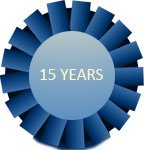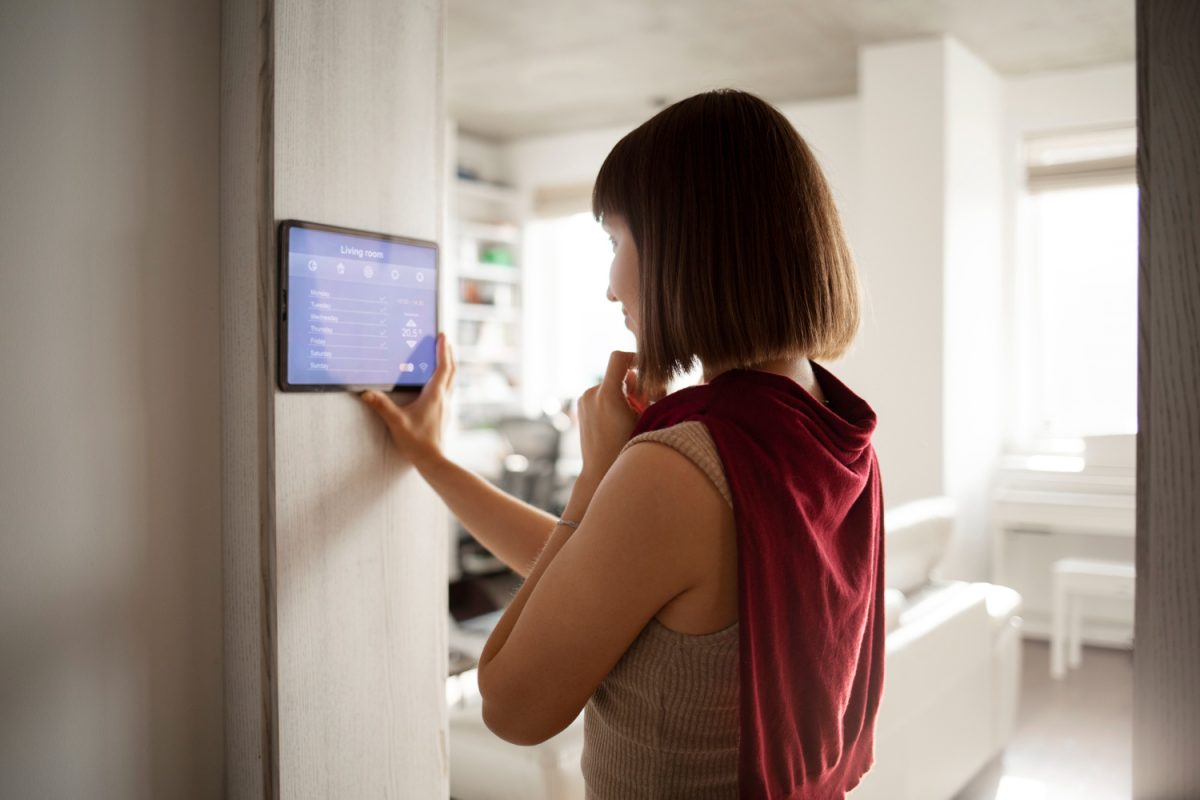The concept of retirement living has evolved significantly over the years. Gone are the days when retirement communities were synonymous with quiet, isolated neighborhoods for seniors. Today, retirement living is embracing technology and innovation like never before, and managed IT services are playing a pivotal role in shaping this transformation.
As the aging population continues to grow, the demand for retirement living options is on the rise. According to the United Nations, by 2050, the global population of individuals aged 60 and above is expected to reach 2.1 billion, nearly double the number in 2017. With this demographic shift, the retirement living industry faces both challenges and opportunities, and it is turning to technology to provide innovative solutions.
One of the most significant technological advancements impacting retirement living is the integration of smart home technologies. These technologies are transforming retirement communities into connected and intelligent ecosystems, enhancing the quality of life for residents and improving operational efficiency for providers.
Smart Homes for Seniors
Smart homes are not just for tech-savvy millennials; they are increasingly becoming a part of senior living. Managed IT services have enabled retirement communities to implement a wide range of smart home technologies that cater to the unique needs of seniors.
Home Automation
Smart homes offer automation features that allow residents to control lighting, heating, and cooling systems with voice commands or mobile apps. This level of control is especially beneficial for seniors with mobility issues.
Health Monitoring
Wearable devices and smart sensors can track vital signs and activity levels. These data points can be monitored by healthcare professionals to provide proactive care and ensure the well-being of residents.
Emergency Response Systems
Managed IT services support the implementation of emergency response systems that enable residents to call for help in case of accidents or medical emergencies, ensuring a rapid response when needed.
Social Engagement
Smart homes also facilitate social engagement by providing platforms for video calls, virtual events, and social networking within the retirement community. This combats loneliness and isolation, common challenges faced by seniors.
Telehealth Revolution
Telehealth, the provision of healthcare services remotely through technology, has gained immense popularity in recent years, and it’s particularly significant for the retirement living industry. Managed IT services are instrumental in making telehealth services accessible to seniors.
Virtual Doctor Visits
Seniors can consult with healthcare professionals from the comfort of their homes using video conferencing platforms. This is particularly valuable for seniors with limited mobility or those residing in remote retirement communities.
Medication Management
Technology-enabled medication dispensers remind residents to take their prescribed medications, reducing the risk of missed doses and potential health complications.
Remote Monitoring
Managed IT services support the continuous monitoring of seniors with chronic conditions, allowing healthcare providers to intervene promptly if any issues arise.
Health Records Management
Electronic health records (EHRs) streamline healthcare information, making it easier for seniors and their caregivers to access and share vital medical information with healthcare providers.
The Role of Managed IT Services
Managed IT services are the backbone of this technological transformation in retirement living. They provide several crucial functions that are essential for the successful implementation and maintenance of smart home technologies and telehealth services.
Infrastructure Management
Retirement communities require robust IT infrastructure to support smart home technologies and telehealth services. Managed IT services ensure that the necessary hardware, software, and network systems are in place and functioning optimally.
Cybersecurity
Protecting sensitive health data and ensuring the security of smart home devices are paramount. Managed IT services provide cybersecurity measures to safeguard against data breaches and cyberattacks.
Technical Support
Seniors may not be tech-savvy, so having reliable technical support is vital. Managed IT services offer on-call assistance and troubleshooting, ensuring that residents can use technology with ease.
Scalability and Flexibility
As technology evolves, retirement communities need to adapt and integrate new solutions seamlessly. Managed IT services provide scalability and flexibility, allowing retirement communities to stay up to date with the latest advancements.
Data Analytics
Data collected from smart home devices and telehealth services can be analyzed to identify trends and patterns, aiding in preventive healthcare and improving the overall quality of care provided.
Challenges and Considerations
While managed IT services are revolutionizing retirement living, there are challenges and considerations that must be addressed:
Accessibility
Not all seniors are comfortable or familiar with technology. Retirement communities must offer training and support to bridge the digital divide.
Privacy Concerns
The collection of health data and the use of smart home devices raise privacy concerns. Retirement communities must have robust data protection and consent mechanisms in place.
Cost
Implementing and maintaining these technologies can be costly. Providers need to balance the benefits of technology with affordability for residents.
Integration
Ensuring that different technologies work seamlessly together can be a challenge. Retirement communities must have a well-thought-out IT strategy to ensure compatibility.
The Future of Retirement Living
Managed IT services are at the forefront of shaping the future of retirement living. As technology continues to advance, we can expect even more innovative solutions that enhance the lives of seniors in retirement communities.
AI and Machine Learning
These technologies will play a more significant role in predictive healthcare, fall detection, and personalizing care plans for seniors.
IoT and Connectivity
The Internet of Things (IoT) will enable even greater connectivity, allowing smart home devices to work together seamlessly.
Remote Rehabilitation
Seniors recovering from surgeries or injuries can benefit from remote rehabilitation programs, which can be monitored and adjusted by healthcare professionals through technology.
Personalized Wellness
Data-driven insights will allow retirement communities to offer personalized wellness programs that cater to the unique needs and preferences of each resident.
In conclusion, managed IT services are ushering in a new era of retirement living, one that is connected, proactive, and focused on the well-being of seniors. As the aging population continues to grow, the importance of technology in enhancing the quality of life for seniors cannot be overstated. Retirement communities that embrace and invest in managed IT services are not only meeting the demands of the present but also positioning themselves for a future where technology and healthcare are seamlessly integrated into the fabric of senior living. The future of retirement living is indeed a smart and connected one, and it’s being shaped by the transformative power of managed IT services.



